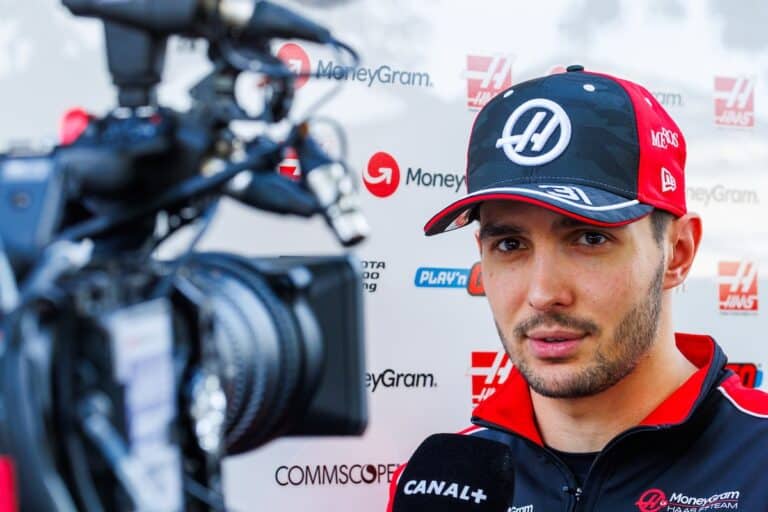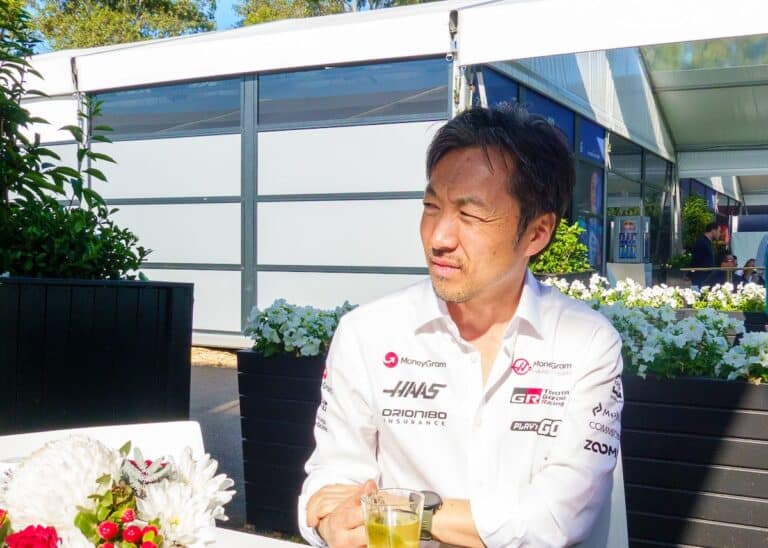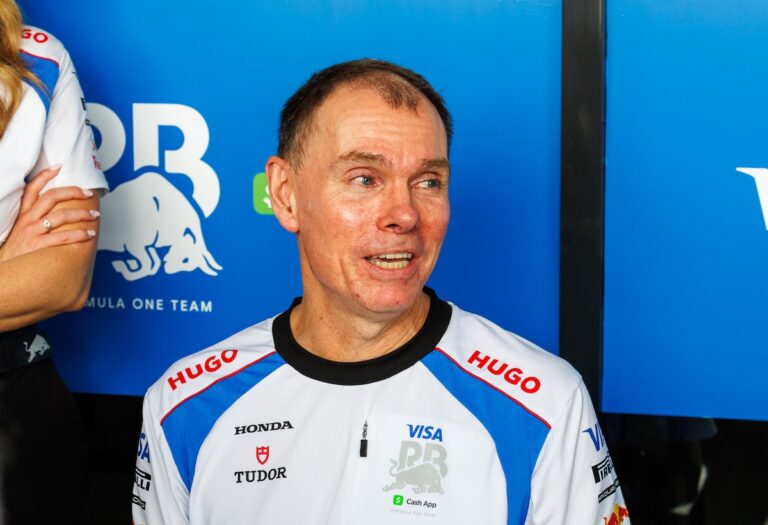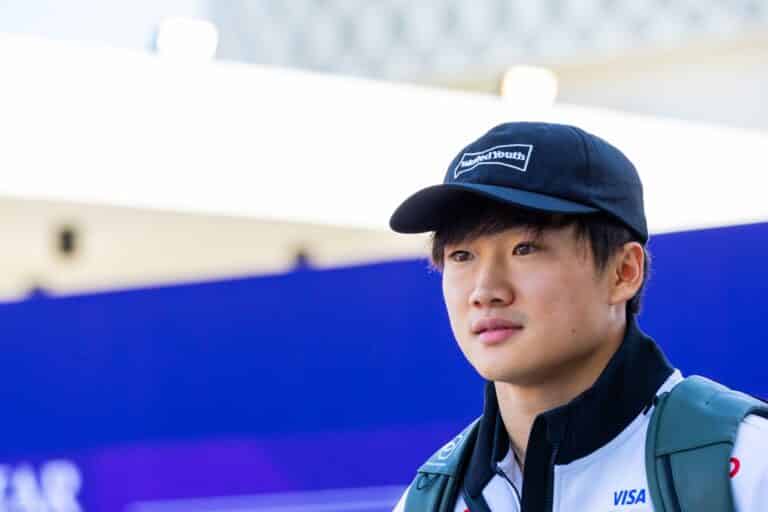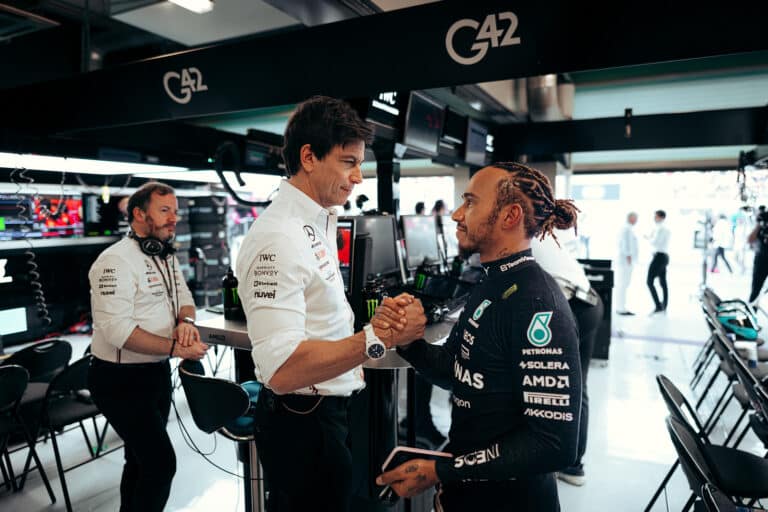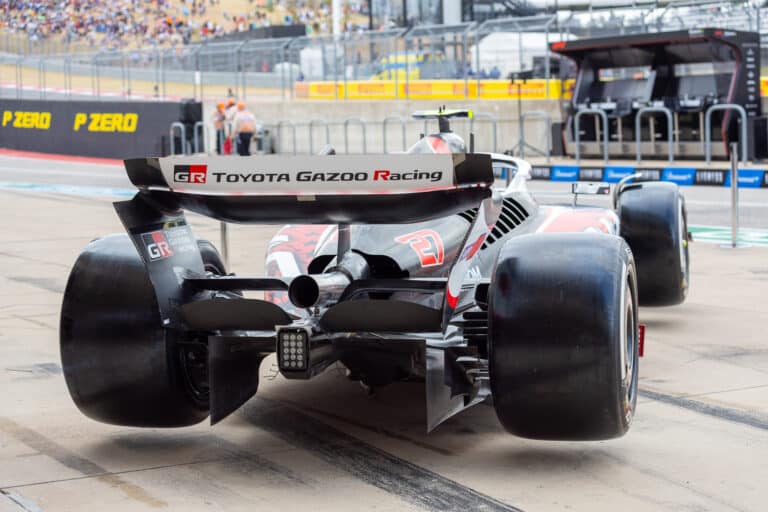Red Bull’s Disastrous Situation—And What It Means for Yuki Tsunoda

Just a week after dominating at Suzuka, Max Verstappen’s sixth-place finish in Bahrain marked a dramatic and unexpected setback for Red Bull Racing.
The reigning World Champion found himself fighting with Alpine’s Pierre Gasly in the closing laps, even falling back temporarily to P20; describing it as “a complete disaster weekend” and where “everything went wrong.”
But this was no anomaly. With Bahrain’s layout offering a representative benchmark for several upcoming circuits, the result exposed deeper structural issues within Red Bull’s RB21—issues that could seriously undermine their title defense.
In this video we dive deeper into Red Bull troubles and what it all means for Yuki Tsunoda and his future at the struggling team.
PART1: Red Bull Chronic Balance Issues: A Lingering Achilles’ Heel
At the heart of the RB21’s problems lies a long-standing balance issue inherited from its predecessor. Verstappen and teammate Sergio Pérez have consistently highlighted the car’s unpredictable behavior through corners—a three-phase imbalance that begins with oversteer at turn-in, shifts to neutrality mid-corner, and ends with understeer on exit. This erratic handling profile not only unsettles the car but also forces the driver into constant compromise.
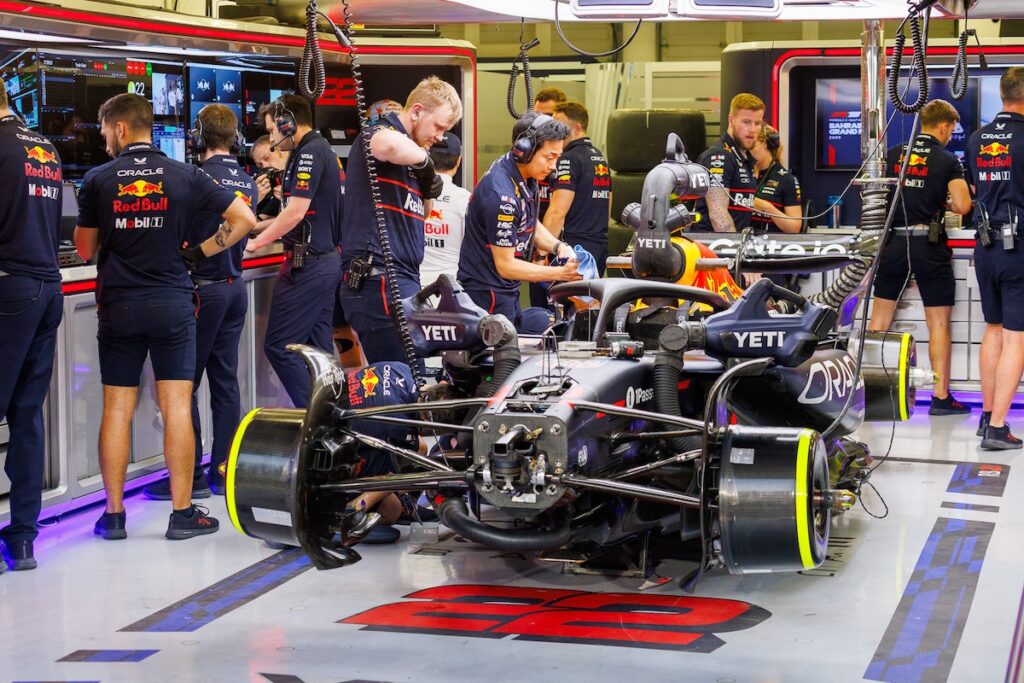
On circuits like Bahrain—where hot weather accelerates tire degradation—this imbalance becomes punishing. The excessive sliding leads to overheating, compounding the car’s performance issues.
Unlike Suzuka’s flowing layout and cooler conditions—which help mask the car’s weaknesses—Bahrain’s abrasive surface and tight corners expose them with brutal clarity.
That doesn’t bode well for the upcoming Grand Prix in Jeddah with its desert like hot track temperatures.
Aero Correlation Gaps: Two Clocks, Different Times
Red Bull’s aero struggles are not limited to the track. Behind the scenes, the team is facing wind tunnel correlation issues, where simulation data fails to match real-world outcomes.
Team insiders have described it as “wearing two watches that tell different times,” making it impossible to calibrate updates with confidence.
Christian Horner admitted after the Bahrain Grand Prix their upgraded but aging wind tunnel suffers from inconsistent temperature control, reducing its value in refining mid-corner aerodynamic balance—precisely where the RB21 falters.
A new facility is in the works but won’t be ready until 2027, leaving the team to develop a cutting-edge car with increasingly outdated tools in the meantime.
Operational Setbacks: From Brakes to Pit-lights
Compounding the technical woes were operational failures in Bahrain. Verstappen experienced braking system trouble and his race was further compromised by a pit stop delay caused by a faulty light system—an issue initially dismissed as human error but later identified as a system-wide problem that also disrupted Tsunoda’s stop.
On top of that, Verstappen’s front-right tire change took three attempts, squandering precious seconds. Something that was unthinkable only two seasons ago where the team recorded record speeds for tire changes.
Limited Progress, Growing Pressure
Red Bull estimates that only 25% of the RB21’s balance-related issues have been addressed since last season. Verstappen has openly acknowledged that the car “works at some tracks and is unusable at others,” a level of inconsistency that makes it difficult to chart a clear development path. This uncertainty casts doubt on Red Bull’s ability to stay ahead of rapidly advancing rivals like Ferrari, Mercedes, and current championship leaders McLaren.
The team now pins its hopes on a significant upgrade package scheduled for the first European round in Imola. If those updates fall short, both the Constructors’ and Drivers’ Championships could slip out of reach.
PART 2: Tsunoda’s Test and Future at Red Bull
While Verstappen’s struggles have drawn headlines, they also cast light on what the current Red Bull environment demands—and what it might mean for Yuki Tsunoda’s future with the team.
When asked after the Bahrain Grand Prix about his new teammate and whether Red Bull’s long-standing second driver concerns had finally been resolved, Max Verstappen downplayed the topic. He emphasized that the team’s current focus was on the car, not the driver lineup, stating, “We have a car issue, not a driver issue at the moment.”
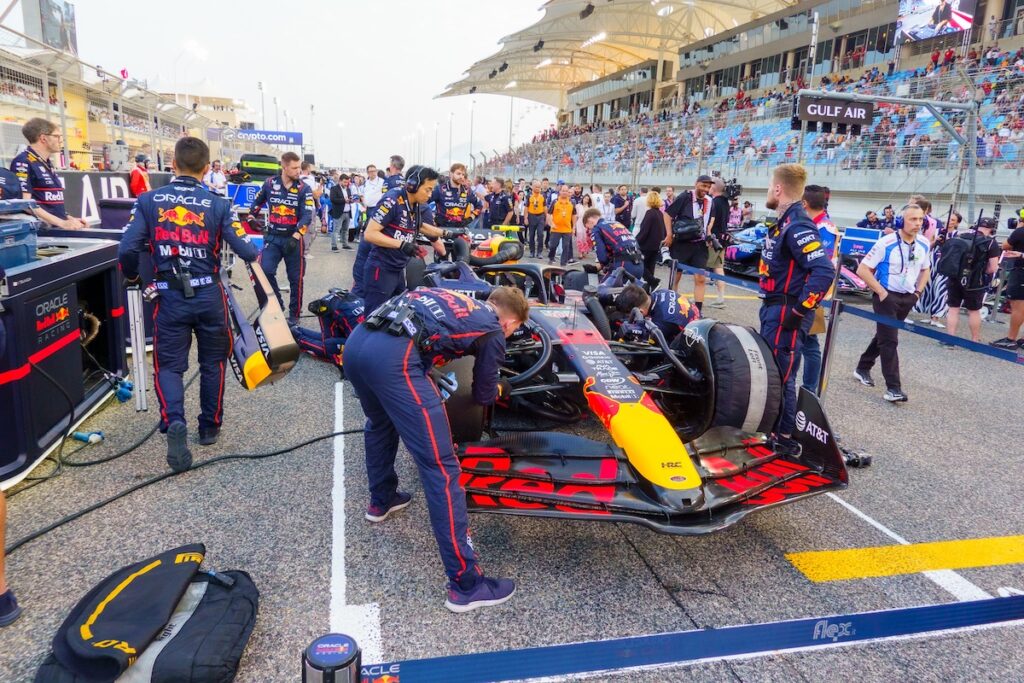
While brief, the comment can be taken as a quiet endorsement of Yuki Tsunoda—suggesting that, at the very least, Tsunoda is not viewed as a problem or distraction amid Red Bull’s current struggles.
For many experts, Tsunoda’s performance in Bahrain marked measurable progress. He reached Q3 and scored points with a ninth-place finish in only his second outing for Red Bull. On paper, this represents a success.
But dig deeper, and it becomes clear that his weekend was defined more by adaptation than outright pace.
Tsunoda himself admitted Bahrain was more challenging than his debut at Suzuka, and that he still has a long way to go in understanding the RB21. The car’s narrow setup window and sensitivity to driver input—particularly in tyre preparation—pose steep learning challenges compared to the more predictable Racing Bulls (VCARB) car he started the season in.
Adapting to Red Bull’s Demands
Unlike Racing Bulls VCARB, where tyre prep and setup guidance are more prescriptive, Red Bull expects its drivers to manage tyre behavior more intuitively. This is second nature to Verstappen but entirely new ground for Tsunoda, who is still learning how to read and manipulate grip through qualifying and race stints. He’s also contending with the same cornering balance shifts that troubled Verstappen—highlighting just how difficult the RB21 is to master.
Yet rather than complain, Tsunoda has embraced the learning process. He acknowledges that he doesn’t “even understand half of the car yet,” but is determined to close that gap—a stark contrast to predecessor Liam Lawson, who never fully adapted to the Red Bull environment.
Internal Team Dynamics: A Fragile Foundation
While Tsunoda is working hard to get to grips with the RB21 under intense pressure and a limited timeframe, many observers note that Red Bull Racing may not offer the most supportive environment for his development.
The departure of several key personnel, ongoing controversy surrounding Christian Horner, and internal power struggles within Red Bull have disrupted the team harmony that Tsunoda previously enjoyed at the more close-knit VCARB setup.
Still, Tsunoda understands that internal politics are beyond his control. His priority must be to refine his own performance and close the gap to Max Verstappen—as much as possible—not only to support Verstappen’s title defense but also to contribute meaningfully to the team’s overall campaign.
If he can demonstrate to Red Bull’s leadership—including Horner and Helmut Marko—that he’s capable of handling the RB21’s challenges and growing under pressure, he may well position himself for greater opportunities within the organization.
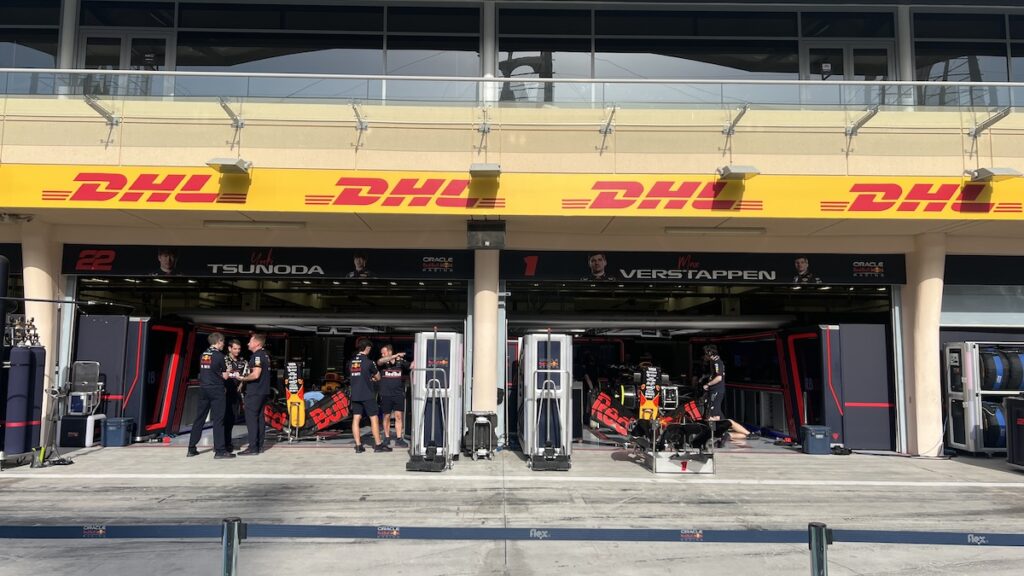
Eyes on the Future: What If…
With Verstappen’s long-term future at Red Bull now uncertain, Tsunoda’s position within the organization has become significantly more compelling.
Rumors continue to swirl in the paddock that Max may be considering a departure—seeking a team that offers more promising long-term prospects than Red Bull currently appears to. Tensions escalated after the Bahrain Grand Prix, where Verstappen voiced sharp criticism of the RB21 and the team’s performance. A reported confrontation between his manager, Raymond Vermeulen, and Dr. Helmut Marko has only added fuel to the speculation.
Should Verstappen leave Red Bull at the end of 2025, Tsunoda stands out as a logical candidate to step up—at least for one of the seats.
Red Bull will be looking for a successor who not only understands the team’s culture but also shows a clear trajectory of growth. Tsunoda fits that profile, but only if he can consistently demonstrate adaptability, composure, and competitive performance under pressure.
That begins with sharpening his qualifying sessions and continuing to reduce the gap to Verstappen on race day.
The raw speed is evident—and his progress from the Japanese Grand Prix to the Bahrain GP was noticeable, even among the more critical international voices.
If he can sustain that momentum in Jeddah, many of those doubters may finally fall silent—perhaps even shift toward outright respect. After all, the RB21 has proven to be an extremely difficult car to handle, a fact Verstappen himself has acknowledged on multiple occasions.

